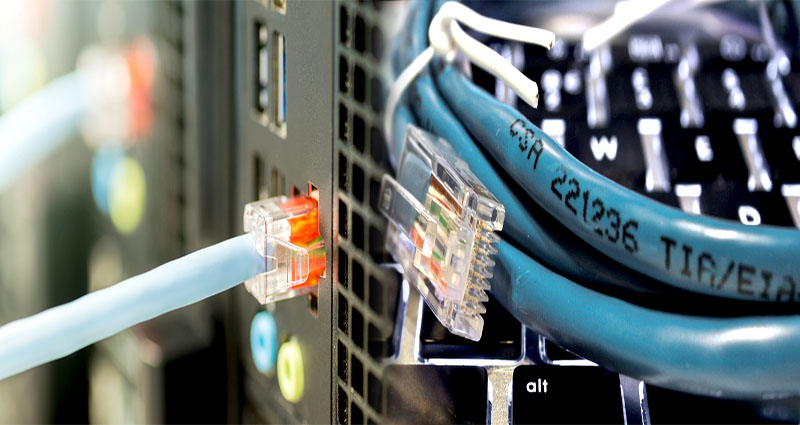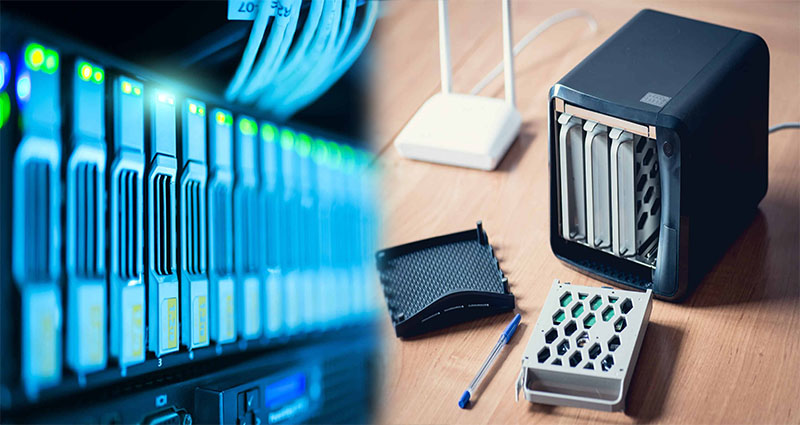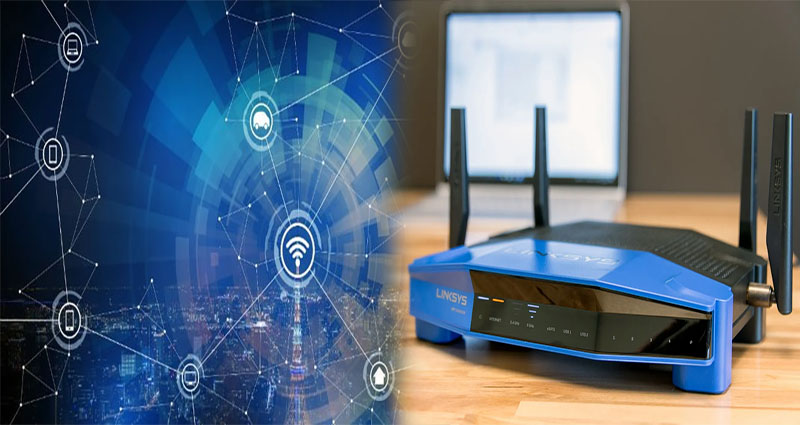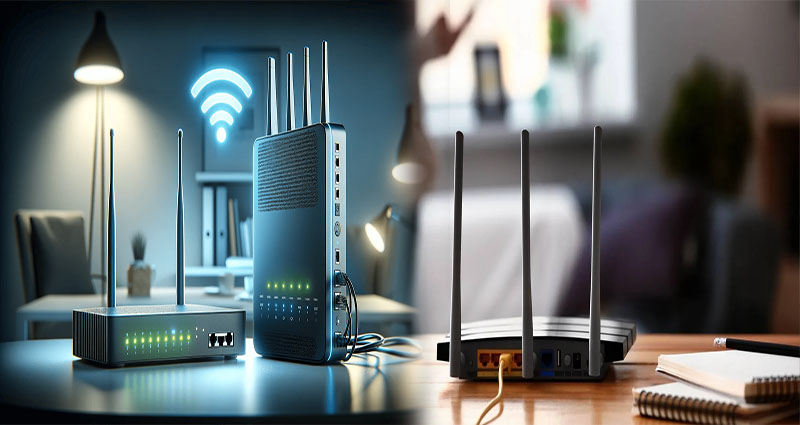Installing Ethernet Cables and Switches for Reliable Connections in a Wired Home Network
In our technologically advanced world, a strong and robust home network has become a necessity. With the increasing number of devices connected to the internet, a reliable and stable network connection has never been more important. While Wi-Fi has its advantages, a wired home network provides unparalleled speed, security, and stability. This article will guide you through the process of installing Ethernet cables and switches to ensure a reliable connection in your wired home network.
Why Choose Ethernet Cables and Switches?
Ethernet cables are the foundation of any wired network. They transmit data at high speeds and offer a stable connection, making them ideal for demanding applications such as online gaming, media streaming, or file transfers. When combined with switches, Ethernet cables enable multiple devices to connect within the network, eliminating the need for individual wireless connections.
Equipment Needed
Before diving into the installation process, gather the necessary equipment:
- Ethernet














